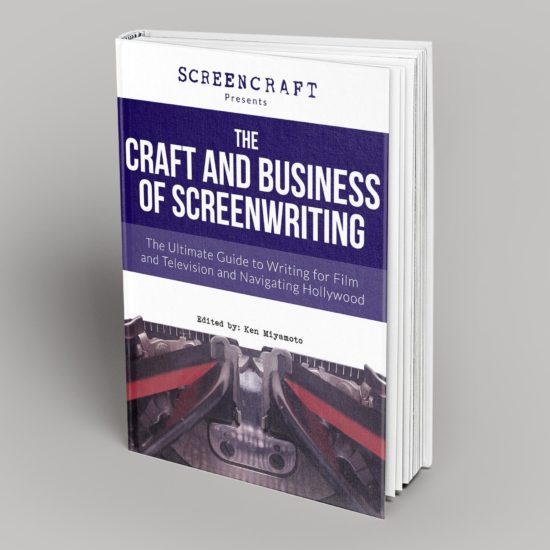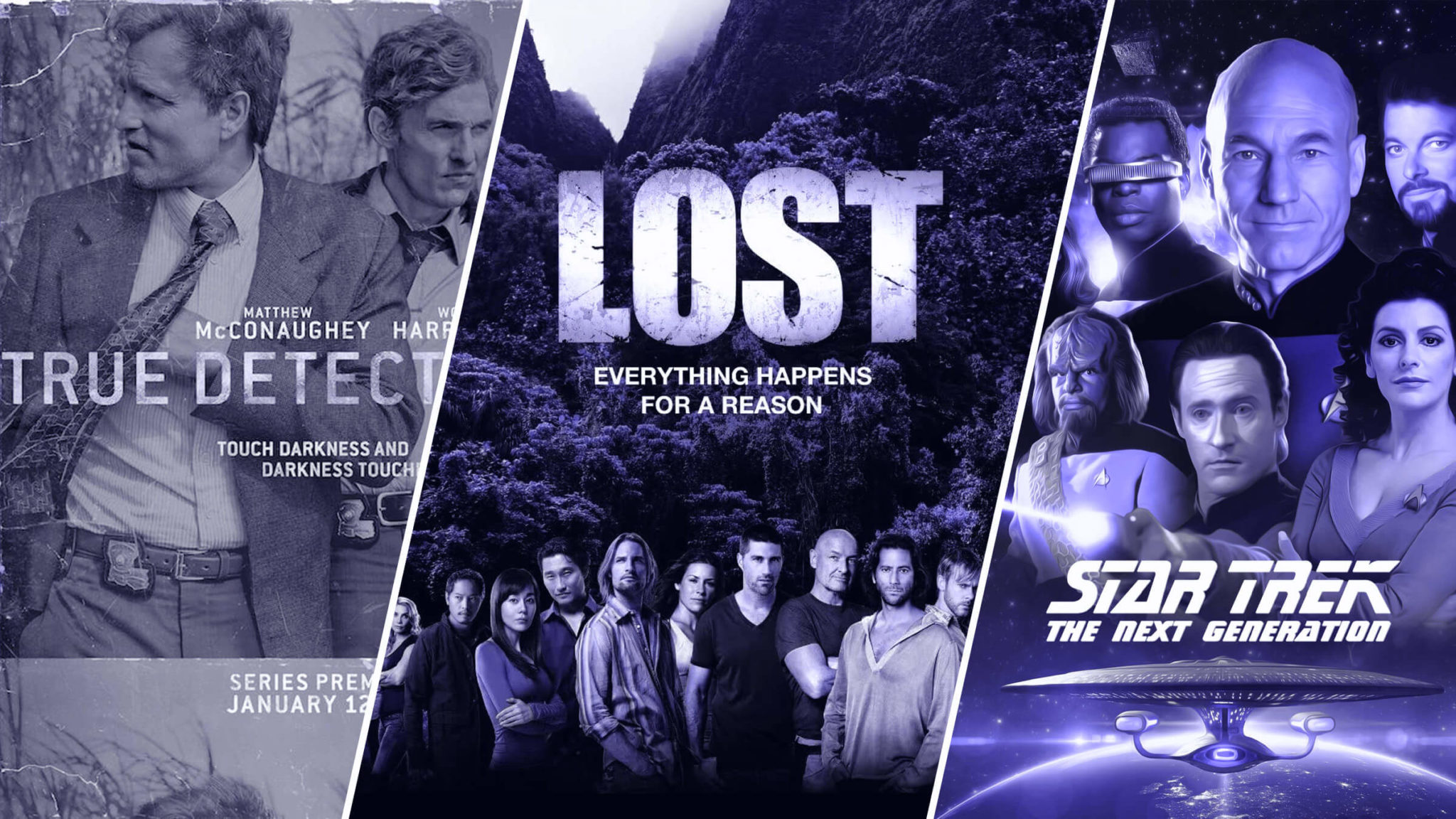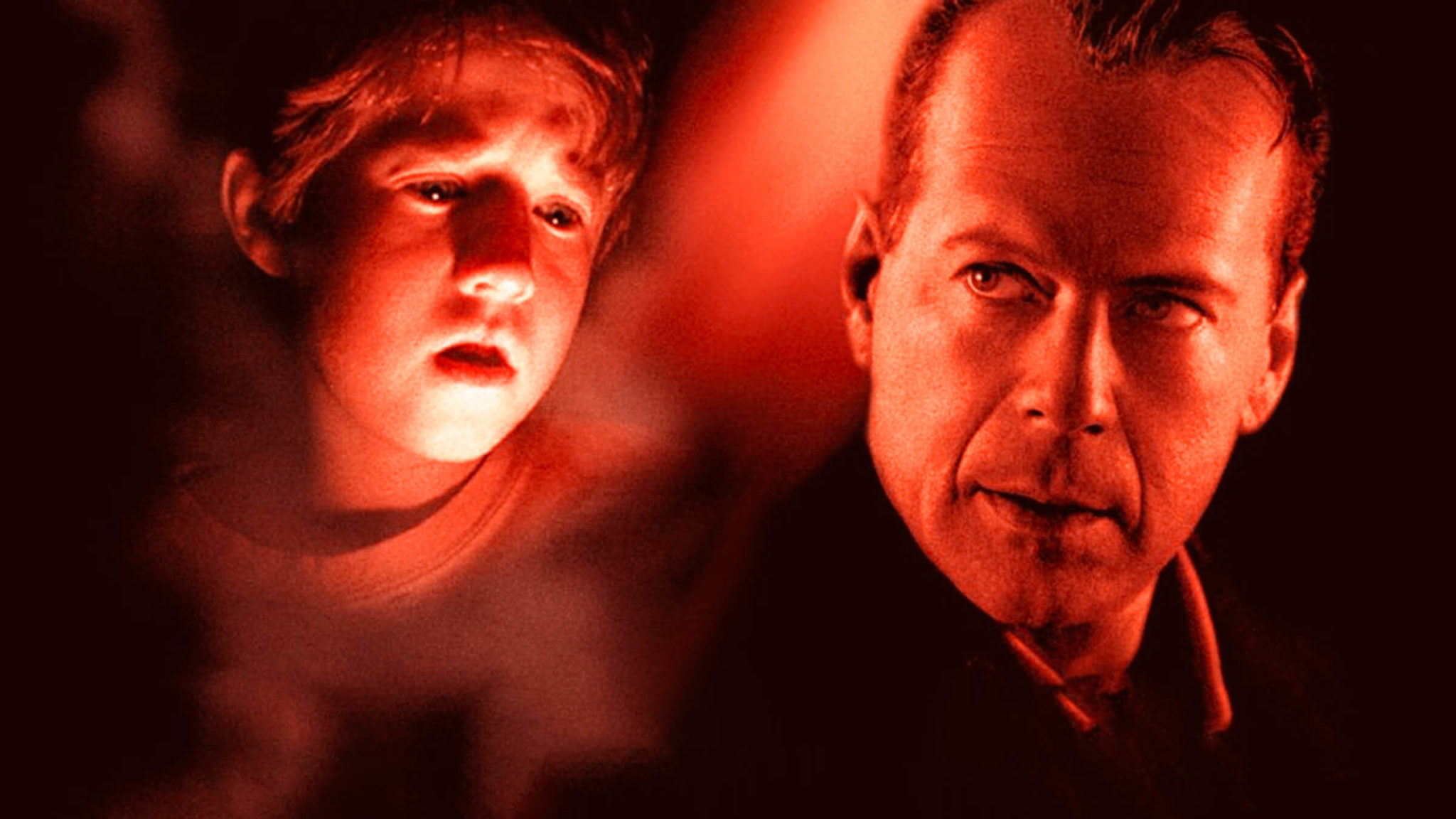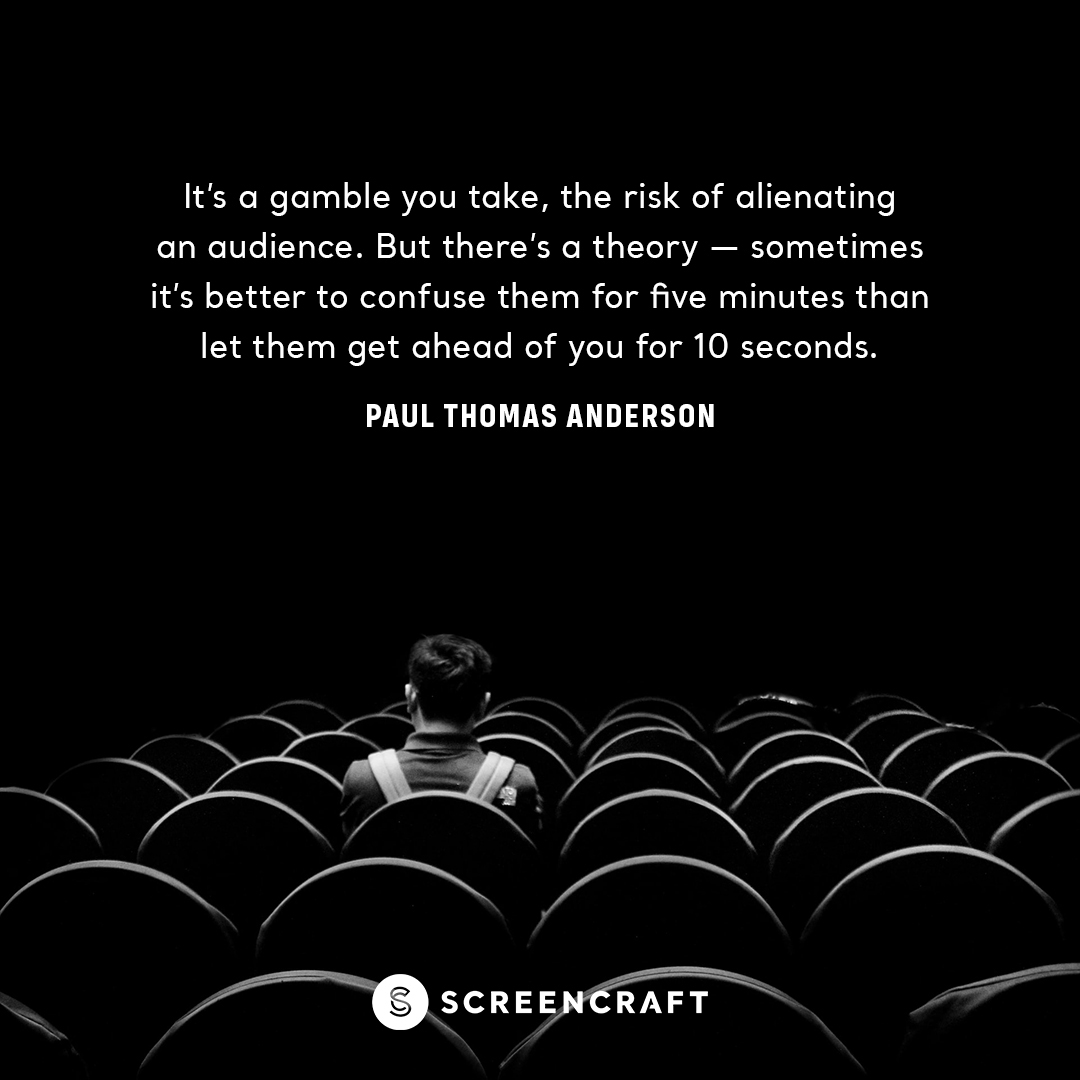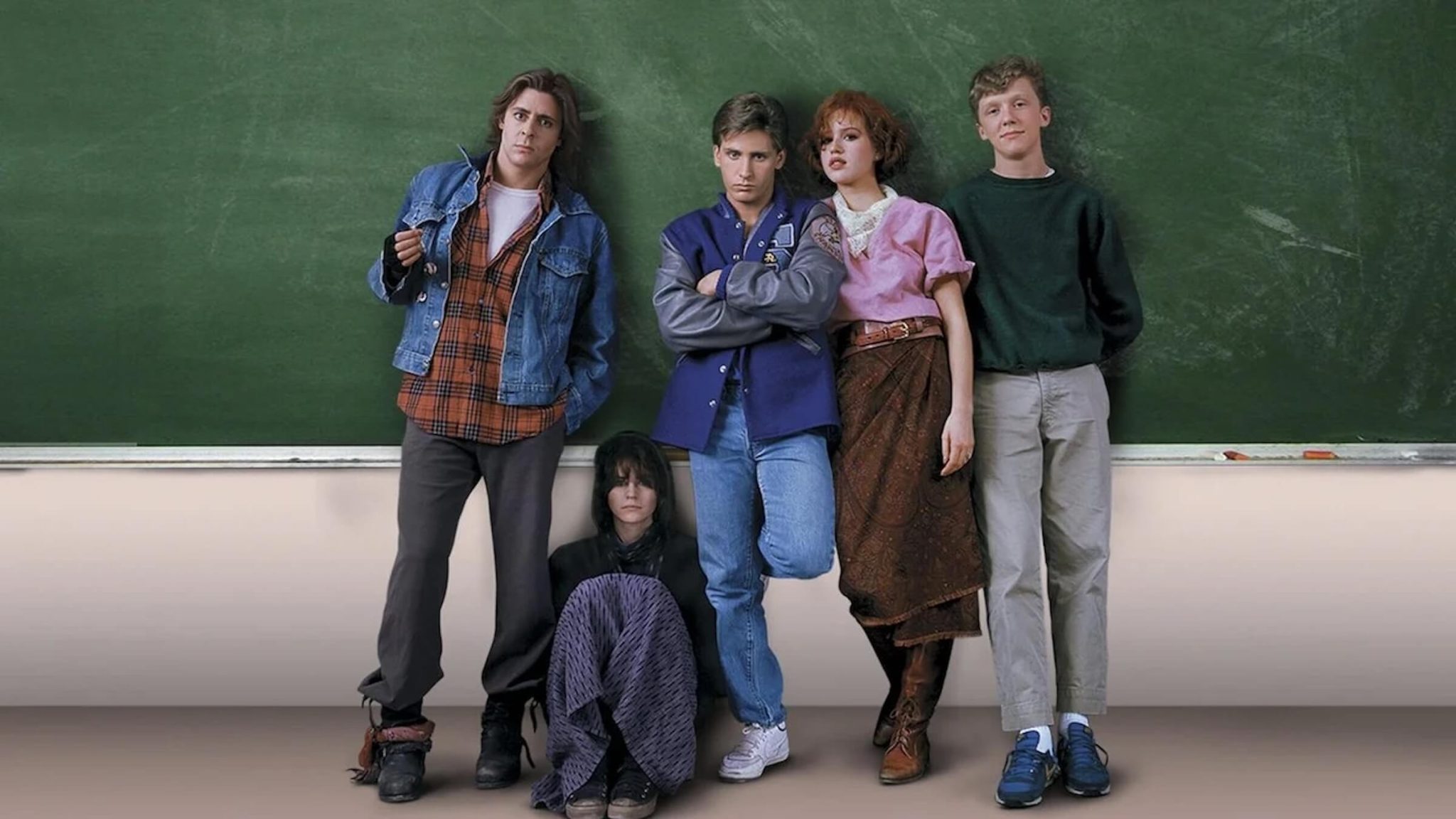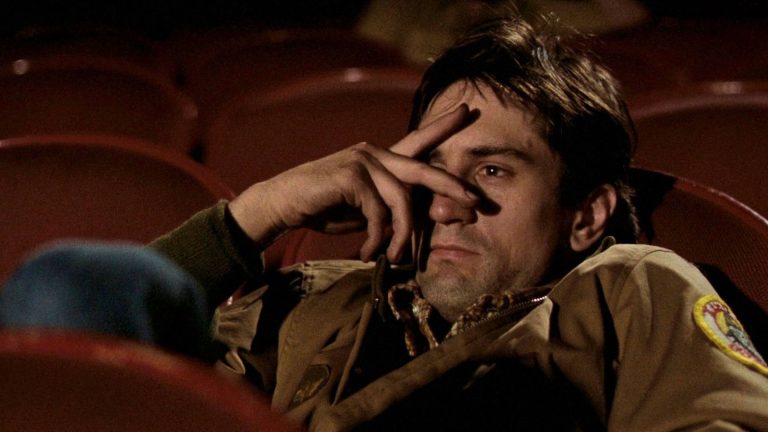Six Tips for Mastering the Midpoint of Your Screenplay

Stuck in the messy middle of your script?
The midpoint of your screenplay is so much more than simply the middle of your narrative. Before we dive in, this free download is a lifesaver if you're struggling with screenwriting structure:
Learn the best way to structure your screenplay with this free guide:
Start thinking of this moment of the story as The Keystone Scene; the point that all of the narrative momentum is building to during the first half and then has to climb down from during the second half. A scene where your piece pivots in a variety of ways.
Below are six ideas you can use to craft a more compelling Keystone Scene for your latest screenplay.
I’M READY TO ADMIT
Act III of a five-act structure is the sequence where your protagonist begins to emotionally invest in their journey of change. The Keystone Scene is the first time that they will do or say something that showcases their understanding that they are in a pivotal moment of transformation they will begin to consider how they feel about the journey they are on.
THE EASY PLAN
At this moment your protagonist thinks that they have understood what their journey has been building to and believes that whatever action they are about to perform will allow them to achieve their happily ever after. However, the action is an echo of their old self and only causes them more grief as a result of performing it.
THAT’S NOT WHAT I WANT
In the first half of our narratives you have your protagonist working towards a perceived solution to the external problem that they are facing. During The Keystone Scene they pivot away from their external goal (WANT) to trying to achieve their internal one (NEED). However, during this revelation they have not fully understood what it is that they are trying to do, and it is often an insincere attempt to deal with their overarching dilemma.
SING IT LOUD AND SING IT PROUD
This is the moment where you let the audience know is actually all about and give them an explicit indication of the themes of your piece. Your protagonist metaphorically (or literally if you are writing a musical) stands centre stage and belts out a Third Act Showstopper which makes us aware of the trajectory that we’re on with them when we come back after the curtain rises again.
I HOPE I PACKED A PARACHUTE
Whatever your protagonist does at this point in the narrative it is akin to them being thrown out of a plane. We move from discussing the “rising action” of the narrative to the “falling action”. They now have to spend the remainder of their time in their Adventure World deciding when they are going to pull the ripcord. Too early and it will not be a thrilling enough narrative. Too late and… well…
YOU CAN’T PUT IT BACK IN THE BOTTLE
This moment represents a finality for your protagonist and should be something which it is impossible for them to take back. They have to realise that their world has irrevocably changed, and they now need to clean up that spilt milk and work out how to get on with their lives.
Ted Wilkes is a writer and university lecturer from London, England. His areas of specialism are narrative design, Twenty-First Century visual cultures and the horror genre. You can find out more about his work over at tedwilkes.co.uk or watch his video essays on a variety of topics on his Youtube channel www.youtube.com/sightunsound
Related ScreenCraft articles:
Ups and Downs: Five Ways to Approach the Midpoint Culmination
Oscar Winner Michael Arndt on Structure
Tags
Get Our Screenwriting Newsletter!
Get weekly writing inspiration delivered to your inbox - including industry news, popular articles, and more!





